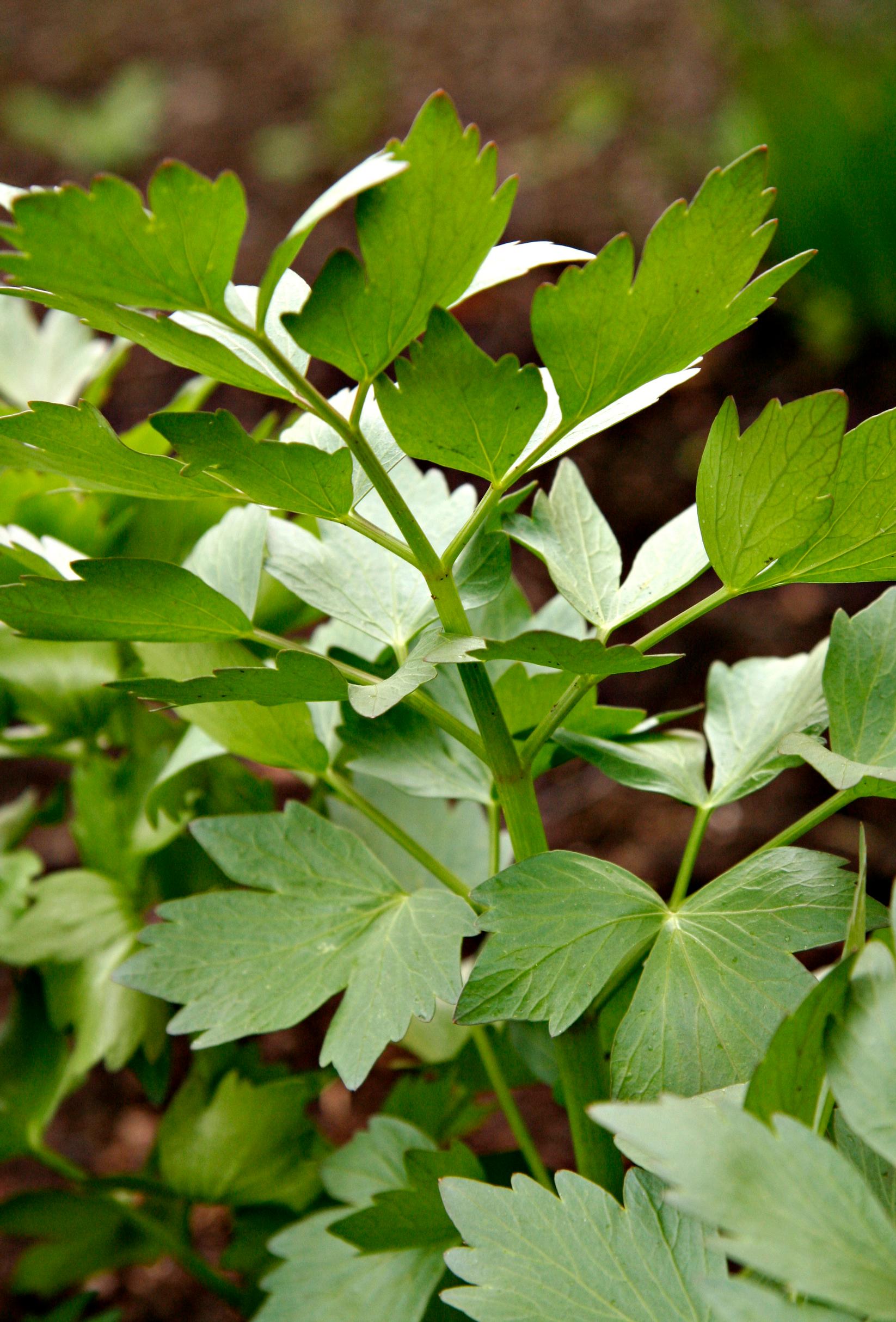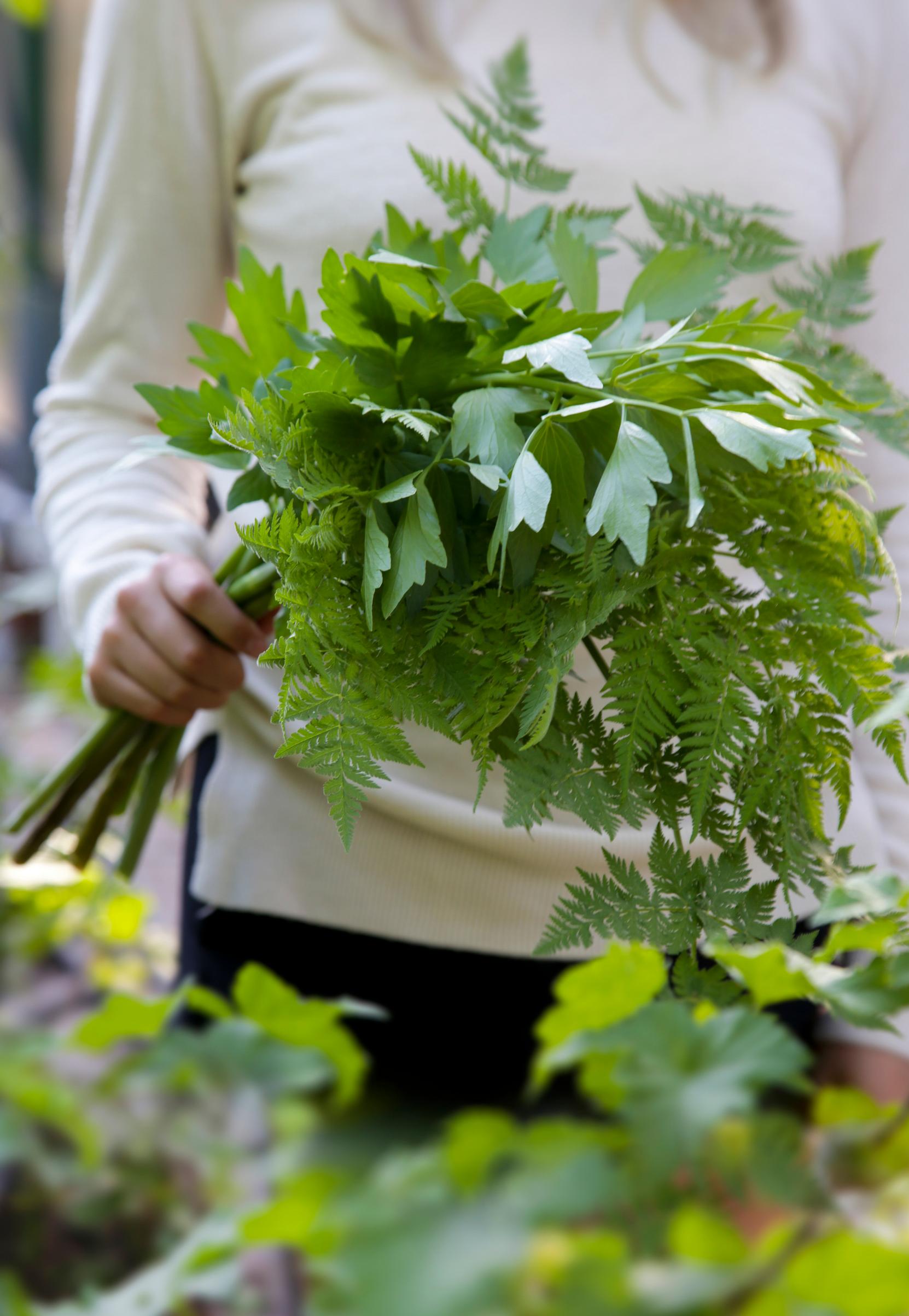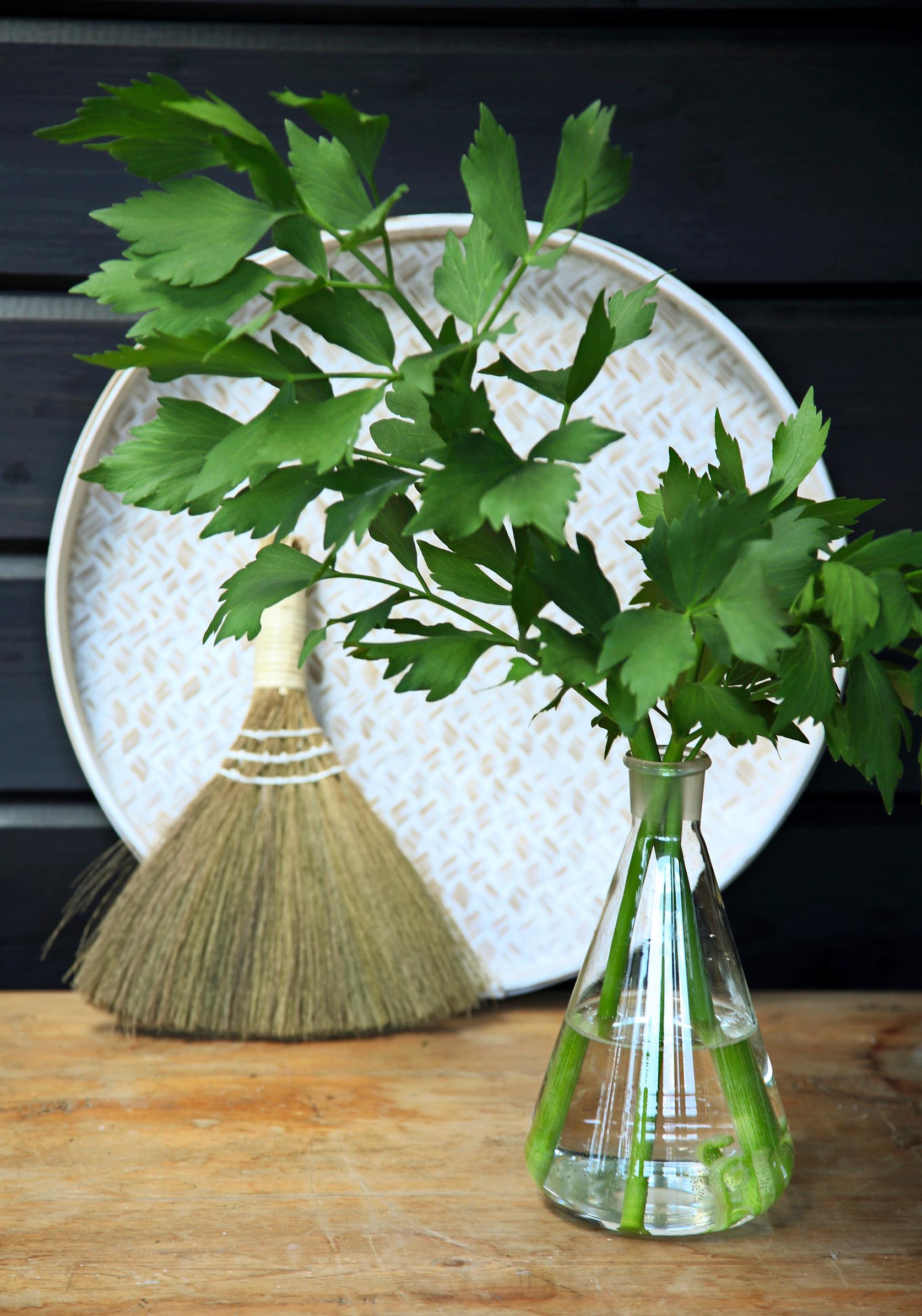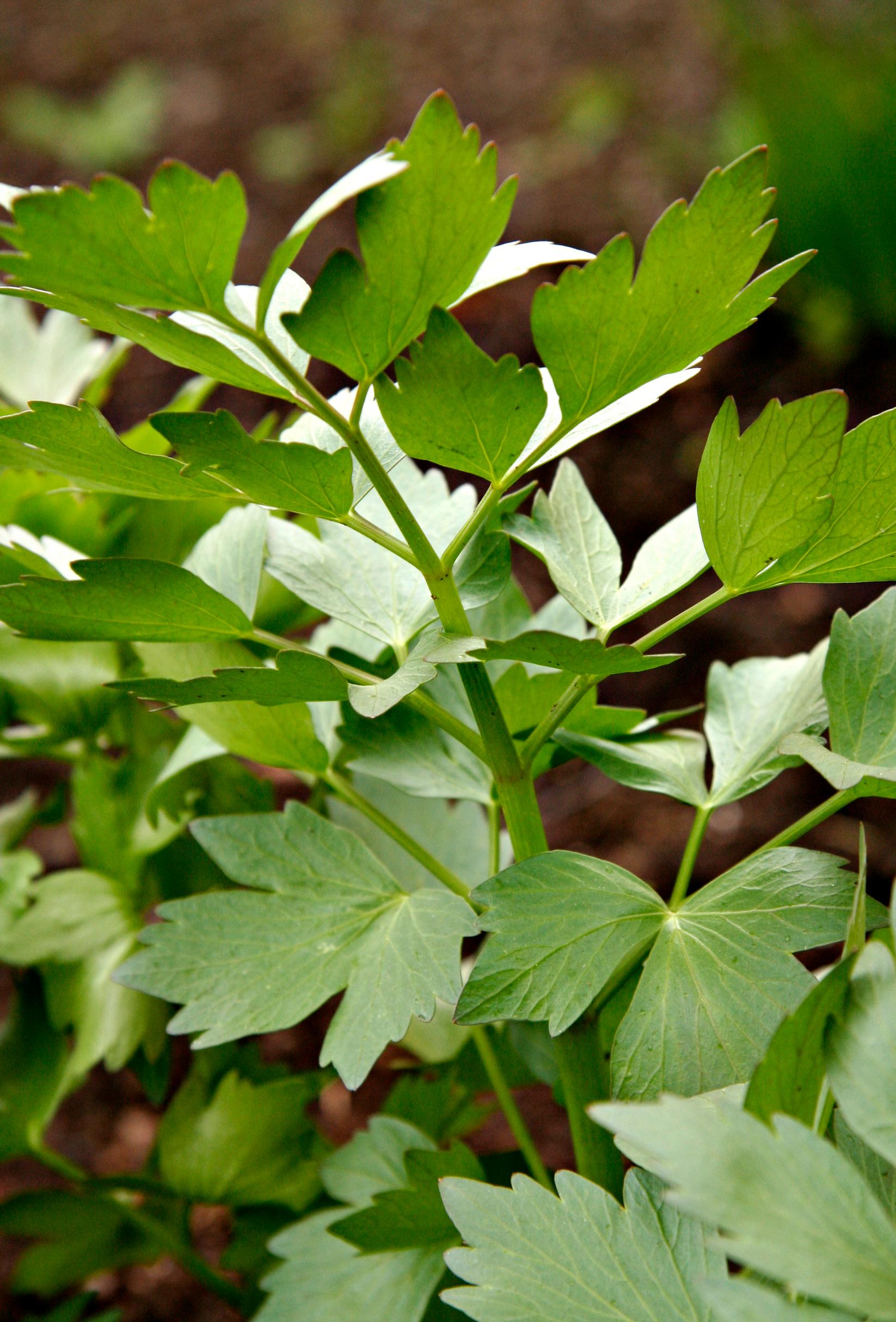
Lovage: the versatile herb that can be used in place of salt—tips for a bountiful harvest
The spicy lovage is known for flavoring soups and broths and can serve as a salt substitute. In addition to its leaves, its leaf stalks, seeds, roots, and yellow flowers are edible. It’s lush, low-maintenance, and high-yield, provided it grows in rich soil.
Growing Lovage:
Lovage, Levisticum officinale
- Perennial.
- Grows up to 1–2.5 meters tall and produces impressive blossoms.
- Has an extensive root system that grows deep.
- Thrives in fertile, moist, well-draining soil.
- Prefers a sunny or slightly shaded spot.
- Has a strong, complex flavor.
- Produces a harvest early in spring.
- Propagated by dividing the rootstock.

Propagating lovage
Propagate lovage in spring or early summer by sowing seeds in a seed pot or directly into the bed. Fall sowing is also an option. Sow the seeds in rows and move the seedlings to their permanent spot later.
Split a new seedling from the plant’s rootstock in spring or fall. It’s a quick and easy way to get a plant with the same traits as the parent. Simply cut off part of the mature plant along with its roots using a spade. Lovage can be divided roughly every three years. It will grow from just a piece of root, as well.
Growing lovage from seed
Growing lovage from seed takes a few years before the plant reaches its full size. It’s the best option if you want to establish a large patch. Start the seedlings indoors or in a greenhouse in May, or sow them outside in a seed bed in June.
- Space the rows 40 centimeters apart, and sow the seeds 2 centimeters deep.
- You’ll need about 60 seeds per meter.
- Leave around 60 centimeters between individual plants once transplanted.
Growing from seed is slow but straightforward. Seeds don’t keep well, so use them fresh for better germination. Young seedlings require watering, but once established in good soil, the plant takes care of itself. Compost or other organic mulch helps the soil retain moisture.
Lovage seedlings and seed availability
Over its long history of cultivation, lovage has formed local strains. In Finland, both seedlings and seeds are generally sold without variety names. Many gardeners start by dividing a plant from another home grower or by purchasing a seedling. Seeds are also available. In Finland, seeds of domestic origin can be acquired from other growers as well as from Maatiainen.
Lovage growing site
Give lovage its own growing spot and plenty of room. This vigorous plant quickly overshadows other herbs.
Plant it in fertile, airy, deep, and limed soil. Enrich the soil, for example, with compost. Lovage is hardy and undemanding, but its leaves may turn yellow in midsummer if the location is dry and scorching.
Keep weeds at bay around the base of the plant for the first couple of years. Later, lovage’s dense foliage prevents weeds from taking over.
Move an old lovage to a new spot if it starts growing poorly.

Fertilizing lovage
Spread leaves or other mulch on the soil surface. Feed the plant with compost or, in early and mid-summer, grass clippings. Harvesting the foliage frequently increases the need for fertilizing.
Harvesting lovage
Use the leaves, flowers, and schizocarps from spring through fall. You can cut the lush growth back to about 20–50 centimeters a couple of times each summer to encourage a flush of new leaves.
In July–August, lovage sends up tall greenish-yellow umbels. If you want a plentiful harvest of leaves, remove the flower stalks as soon as they appear.
Young leaves that emerge in spring are especially flavorful. You can mellow their taste by covering them from light at the start of the growth period, much like rhubarb. Remove the cover in early summer.
Preserve the leaves by drying or freezing.

Using lovage
- Lovage’s distinctive flavor is present in every part of the plant. It’s so dominant that you typically don’t need other herbs with it.
- Fresh leaves add zing to salads and can be used like spinach. They’re also perfect for soups, stews, and casseroles.
- Dried leaves have an even stronger taste than fresh ones. Dried leaf crumble on buttered toast is delicious.
- Young stems can be steamed and served with melted butter or white sauce. They work well in casseroles and soups, as well.
- If you have a robust patch, you can dig up roots late in the season and use them as a seasoning. The roots work in soups, meat dishes, and medicinal remedies.
- Crushed seeds can be used in mashed potatoes as well as in rice and salads. They are also used to flavor liqueurs and other beverages.
- The strong-tasting schizocarps, about half a centimeter in size, also make a great seasoning.
- Lovage’s aromatic flowers are edible too. Sprinkle them over soups or other dishes just before serving. They also make a lovely garnish for salads or sandwich cakes.
Lovage harvesting and preservation
Harvest the leaves before flowering. Dry them without the stems on a clean cloth in a warm place, such as on top of the fridge or freezer. A warm, clean, and airy attic also works. Drying takes several days. Store the dried leaves in a tightly sealed glass jar, away from light. You can also leave the leaves on the stems and preserve them like that.
Collect lovage seeds when the seed pods turn brown and place them in a paper bag to dry in a cool spot. It’s best to do this in dry weather.
You can start harvesting roots in the third or fourth year. Wash them, chop them into small pieces, and dry them. Dried roots retain their aroma well.


